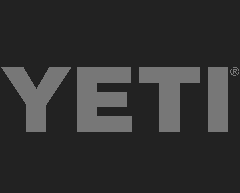The Texas Chapter of the Coastal Conservation Association (CCA Texas) understands that the U.S. Army Corps of Engineers (USACE) intends to prepare a Draft Supplemental Environmental Impact Statement (SEIS) for the Matagorda Ship Channel Improvement Project (MSCIP).
In 2021, CCA Texas joined a coalition of stakeholders, with intimate knowledge of the Matagorda Bay System, in a request to the USACE to form an oversight council for the MSCIP. The vision for this coalition was to partner with the USACE, generate ideas for “best-use” of dredge material, and monitor the progress of the project relative to guidelines and specifications. To our knowledge, this coalition never came to fruition, however, we strongly encourage the USACE to consider this request moving forward, much like they did for the Houston Ship Deepening and Widening Project. CCA Texas will continue to engage with appropriate regulators and stakeholders to illustrate short and long-term impacts on our fisheries and aquatic habitat as well as recreational opportunities in the Matagorda Bay system.
This project has been under evaluation since 2005 (click here for a 2018 independent review) and over the past 18 years, many changes have occurred within the area’s ecosystem as well as the project plans themselves. The extent and distribution of seagrass, wetlands, and oyster reefs have changed throughout that time and the SEIS should be reflective of those changes.
Should the MSCIP move forward, dredge material should be used to provide ecosystem benefits on a landscape scale in Matagorda Bay. The USACE should utilize a suite of environmental restoration and creation features including in-bay marshes, beach nourishment, shoreline protection, oyster reef creation, and nesting shorebird habitat that will offset the negative impacts of this project. As the SEIS is being developed, we expect the USACE to heed the concerns of the Texas Parks and Wildlife Department (TPWD), U.S. Fish and Wildlife Service, and numerous other non-governmental organizations advocating for logical solutions to avoid detrimental impacts to aquatic resources.
Understanding that some of the following are being addressed, here are our key concerns:
- Open bay discharge of dredge material will negatively impact oyster reefs and seagrass beds, smothering them with heavy sedimentation. All dredge material placed in Matagorda Bay should be utilized for beneficial purposes in confined placement areas.
- Placement of dredge material adjacent to and over ecologically important areas such as Indian Point Reef, Gallinipper Reef, Powderhorn Reef, and Powderhorn Lake should be avoided.
- Negative impacts on wetlands and seagrass beds northwest and southeast of the ecologically important Powderhorn Lake should be avoided.
- The SEIS should include the effects of the MSCIP on Powderhorn State Park and Wildlife Management Area.
- Disturbance of mercury contaminants should be avoided at all costs. The SEIS should include a sediment remediation plan that will clearly address the testing and treatment of any dredge material within the areas of the MSCIP and ALCOA Superfund site.
- The SEIS should include an analysis of how altered hydrology will impact aquatic resources and the corresponding landscape. There is a clear lack of understanding of the hydraulic impacts that the MSCIP will have on Pass Cavallo. CCA Texas is concerned that the MSCIP will result in significant sediment transport, ultimately closing the historical pass.
- Multiple future scoping meetings with stakeholders and regulatory agencies are necessary. USACE should make a concerted effort to reach out to local recreational and commercial fishermen regarding the impacts on aquatic resources and siting of potential mitigation areas.
As mentioned previously, CCA Texas will continue to engage with appropriate parties as the SEIS is developed and communicated with all stakeholders. We will engage our membership to take action by providing public input when opportunities arise throughout this process.
Post last edited on July 17th, 2023.






